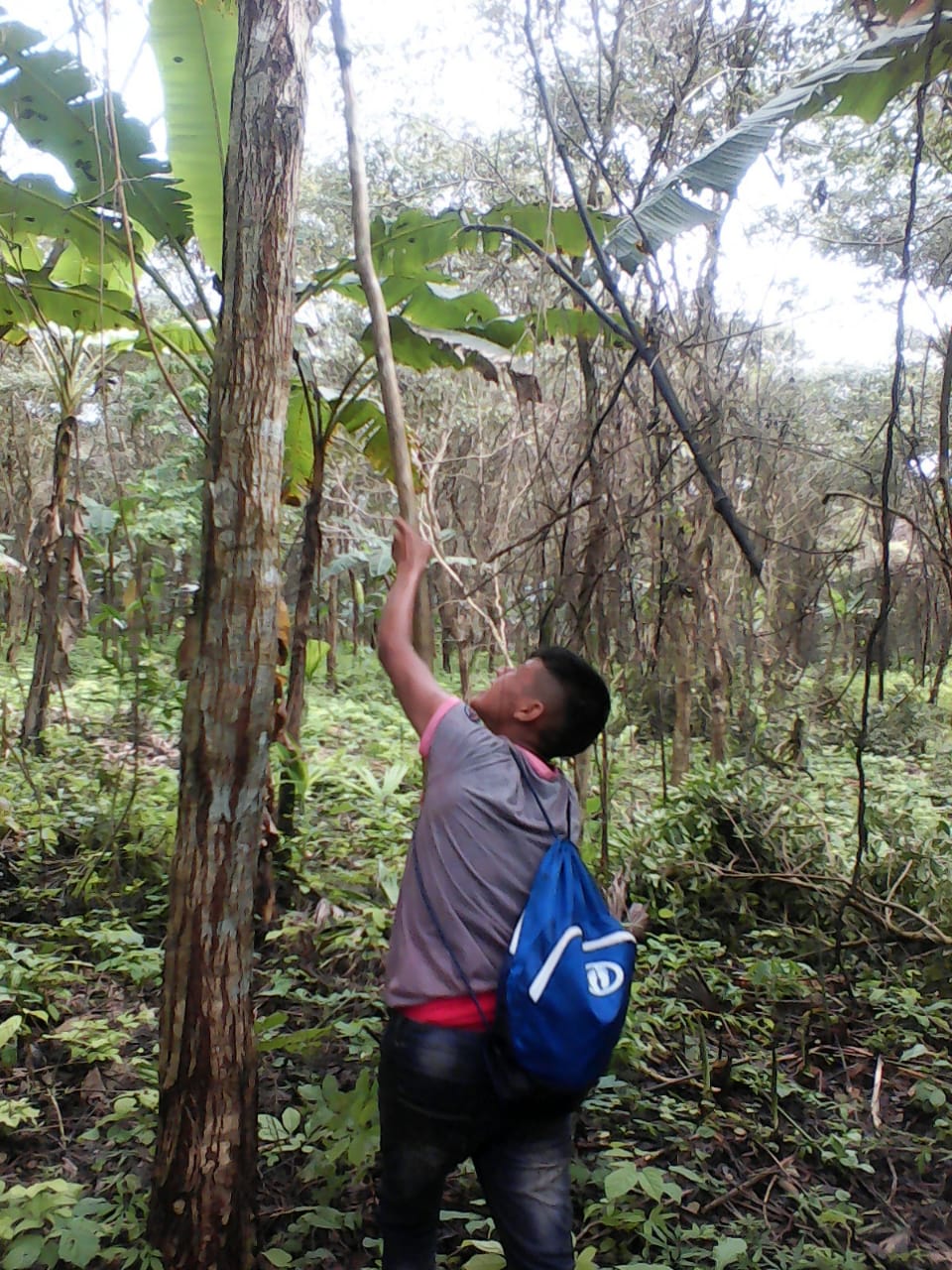Good Wood study
/ Our polyculture agroforestry plantations with plantains intercropped between rows of treesThe Union of Concerned Scientists recently released a study entitled Wood for Good (PDF), which discusses the most sustainable ways to produce timber and other wood products. This is one part of a series of reports on deforestation that previously identified commercial logging as one of the main drivers of deforestation.
Our polyculture agroforestry plantations with plantains intercropped between rows of treesThe Union of Concerned Scientists recently released a study entitled Wood for Good (PDF), which discusses the most sustainable ways to produce timber and other wood products. This is one part of a series of reports on deforestation that previously identified commercial logging as one of the main drivers of deforestation.
One whole chapter in the report discusses where we as a society should be harvesting wood from. We were encouraged to see that one of their main recommendations is for polyculture systems with native tropical hardwoods. They cite a number of studies noting the environmental and production benefits such as more biomass, habitat, reduced need for fertilizer, and increased yields. Unfortunately, they note that polyculture systems are still rare compared to their distant cousin, the monoculture plantation.
The paper did note that monoculture plantations can be sustainable sources of wood products and pulp, but primary forest should never be cleared to make space for the plantation. Logging to make room for monoculture palm oil plantations is a leading driver of deforestation in Southeast Asia and a source of carbon emissions.
Their recommendations to protect water and reduce soil erosion, reduce chemical inputs, protect biodiversity, protect genetic resources, and plant on degraded land are all practices we implement as part of our Equitable Forestry model.
Finally, they note the importance of making forestry work for the communities living in or near the forests. Without offering communities sustainable alternative income generation activities, the clearing of forests will continue alongside the illegal logging.



